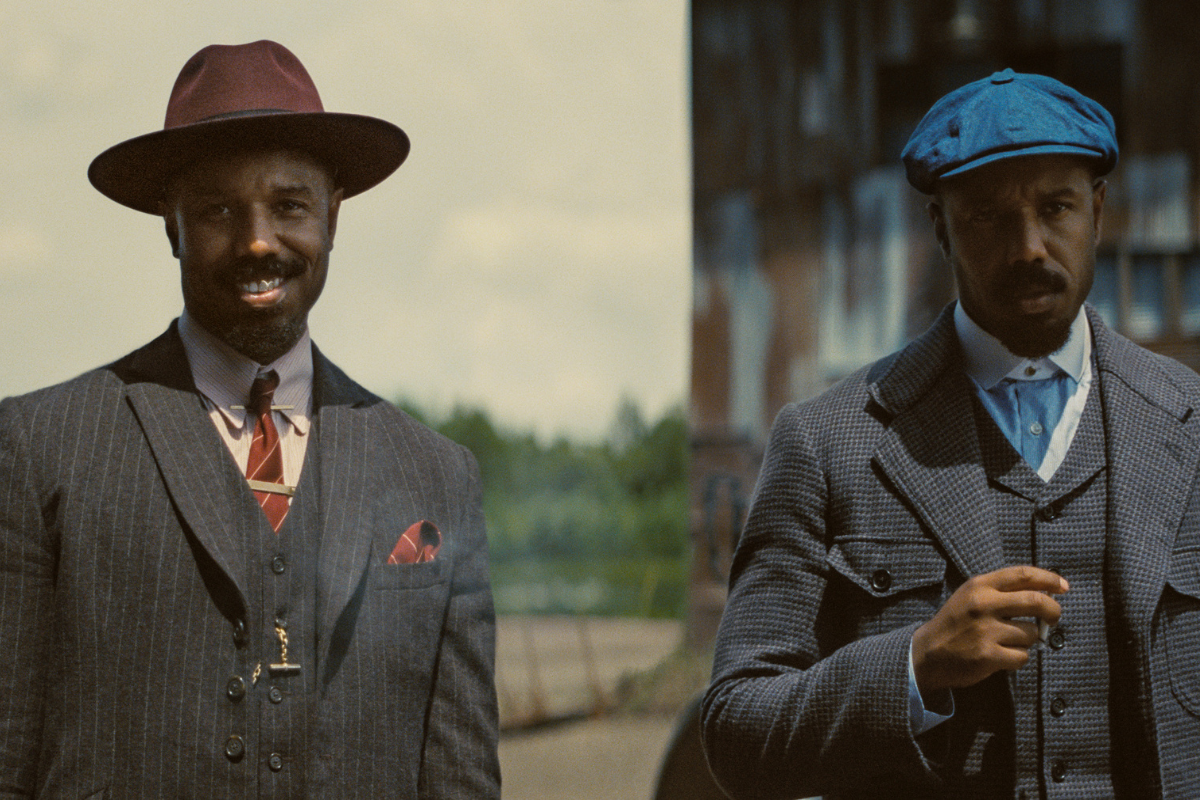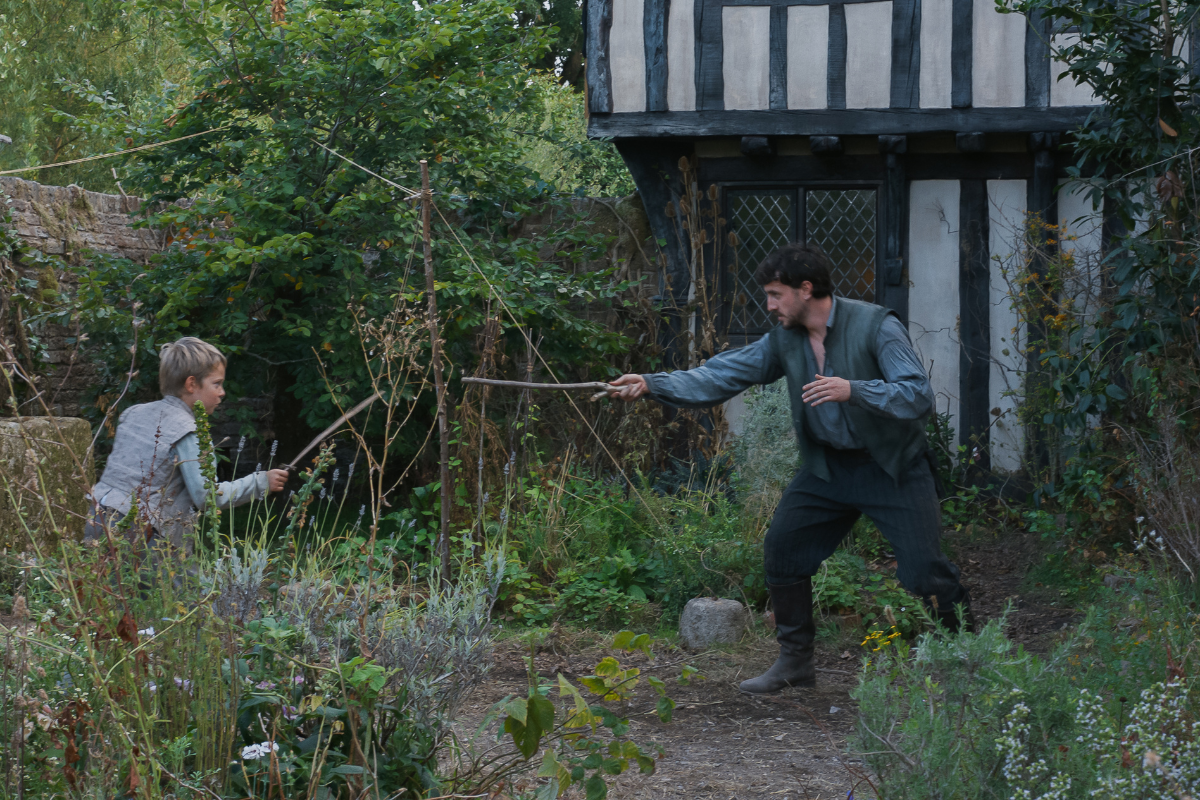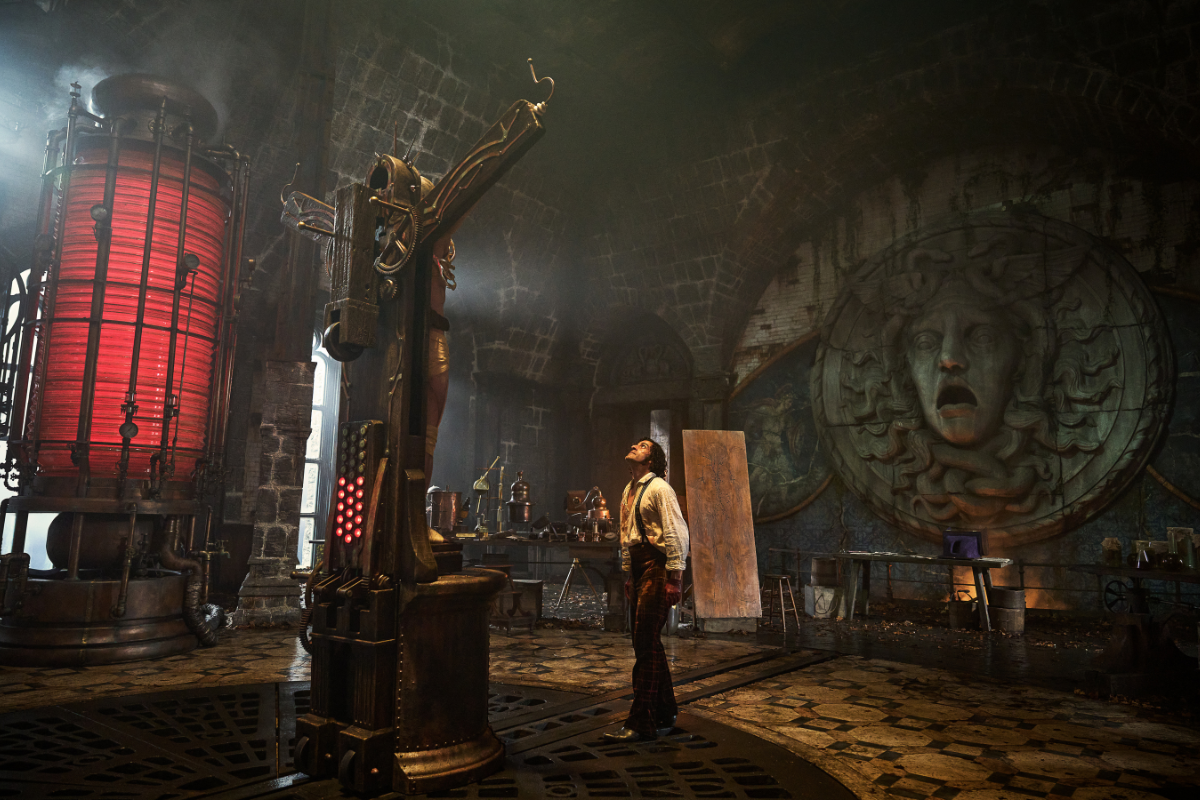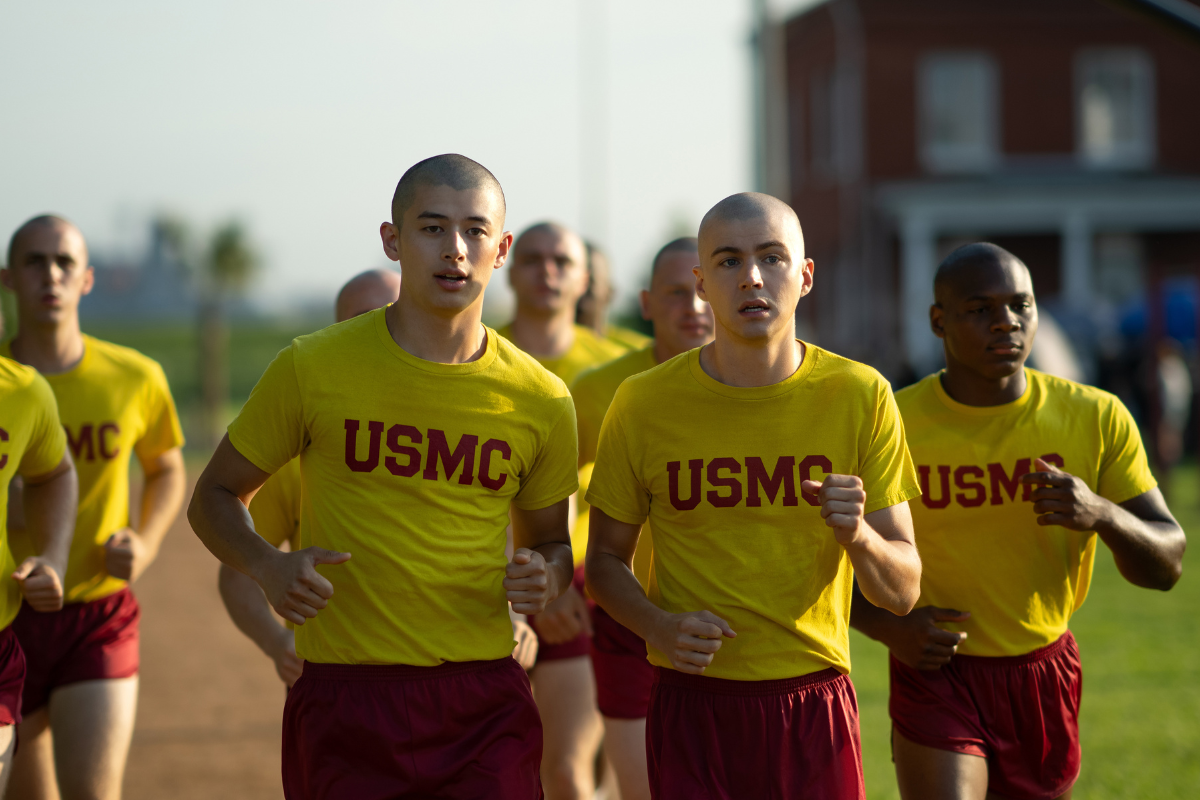From Page to Screen—”Love, Simon”
Joy Cheriel Brown compares the adaptation “Love, Simon” to its source novel, exploring the choices the screenwriters made in adapting the book into a movie.
Before I discuss Love, Simon, I just want to say that it was one of my favorite movies of 2018. I saw it twice in the theatre. And one of the challenges of adapting a popular book into a screenplay is trying to keep the essence of the book. The screenwriters of the movie, Elizabeth Berger and Issac Aptaker, did a fantastic job of adapting Becky Albertalli’s novel, Simon vs. the Homo Sapiens Agenda, because they were able to raise the stakes from what was in the book and add humor while staying true to the heart of the book.
Spoilers ahead...
Love, Simon is about a closeted teen who lives in a Georgian suburb who begins an online relationship with another closeted guy from his high school without knowing his identity, only that the guy calls himself Blue online. No one knows that Simon is gay—not his family, best friends, or classmates—until an annoying classmate named Martin finds Simon’s emails to Blue and uses them to blackmail him, threatening to tell everyone that Simon is gay if he doesn’t help Martin get close to Abby, Simon’s friend who Martin has a crush on.
Part of the fun of Love, Simon is trying to guess who Blue is. In the book, there are only two possibilities—Cal or Bram (and a brief moment where it is considered that Blue might be Martin, which is dealt with excellently in the movie, which is an even briefer moment than in the book). However, I like what the screenwriters did better than how it was done in the book. In the book, Simon focuses mostly on Cal and occasionally thinks that Bram is cute. In the movie, Simon’s options are Bram, Cal, and a character that was created specifically for the movie—Lyle. Cal is the stage manager of the school play in the book, and in the movie he seems to just be the piano player for the play.
Also, there is a scene from the book where Cal pushes Simon down the hall in a rolley chair at break neck speed that doesn’t make it into the movie, but Simon does get quality time with Bram in the movie, that isn’t in the book, by adding Bram to the Halloween party that Bram doesn’t attend in the book. There is almost no contact between Simon and Bram in the book. Adding Bram to the Halloween party was genius because it makes more sense to have them interact because Blue is Bram.
Another change that I really loved in the movie was that each of Simon’s parents had a chance to discuss his coming out with him alone. What I enjoy most about making movies is that it’s such a collaborative effort. According to the special features on the DVD of Love, Simon, the idea to give each of his parents a moment with him after he comes out to his family came from Jennifer Garner, the actress who portrayed Simon’s mother.
Because Simon barely has any interaction with Bram in the book, the stakes just aren’t high enough. Moreover, in the book Simon and Leah are supposed to be best friends but it seems like Abby is Simon’s best friend because they spend more time together than he and Leah. This is fixed in the movie by having Simon and Leah go to the Halloween party in a couple’s costume, and by having Leah sleep over at Simon’s house instead of Abby, which is how it is in the book.
Also, in the book, Simon is constantly narrating that Leah has a thing for their friend, Nick, but Simon does no meddling to get them together. He meddles in the movie because Nick and Abby actually do like each other, but Simon tries to fix Leah and Nick up so that Abby can be available for Martin. Of course, this totally blows up in Simon’s face, which raises the stakes for the movie and provides the low point needed at the end of Act II to go into Act III.
There seems to be a trend in Young Adult novels where the protagonist has an older sibling in college. In the book, Simon is the middle child and has an older and younger sister. The older sister is in college so she isn’t usually physically present, which made it easier to write her out of the screenplay. The younger sister’s age is also lowered for the movie. This is likely because they didn’t want her in high school with Simon and wanted to focus more on his relationships with his friends there. It was a smart move that everyone may not have thought of.
However, there were characters that were added to the screenplay who were not in the book, like Mr. Worth, the Vice Principal, whose presence added a lot of comedy to the movie, and Ethan, another gay male student at the school, whose presence provided contrast to Simon’s character because Ethan was already out.
I have a habit of watching the movies that have been adapted from books before I read the books. My reason for doing this is so I can appreciate both the movie and the book because usually people like to read the book first and end up liking the book better and being disappointed by the movie. I would have to say that the movie version of Love, Simon was better than the book, in my opinion. Overall, this is because the movie had higher stakes than the book. The movie also engaged the audience more because it gave us three options of who Blue could be. It was also funnier than the book, and seemed to have more heart.
There is a sequel to the book, which is about Leah, one of Simon’s friends, that I look forward to reading. Although I liked Love, Simon better than Simon vs. the Homo Sapiens Agenda, I recommend that you read the book for yourself to formulate your own opinion.
Learn at your own schedule with our self-paced courses at Screenwriters University, including Writing an Adaptation
Beyond writing and producing original works—like the short, N.O.S. (now available on Amazon Prime)— for her production company, Third Person Omniscient Productions, Joy Cheriel Brown has also served as a screenwriting mentor for the DC Shorts Filmmaking Mentor Series and as a panelist for the screenwriting panel at the Prince George’s Arts and Humanities Council’s Festival of Literary Arts. In addition to writing for Script Magazine, she also writes for other media outlets. She is also the author of The Secret of Life Through Screenwriting: How To Use the Law of Attraction to Structure Your Screenplay, Create Characters, and Find Meaning in Your Script You can follow her on Twitter and Instagram @JoyCheriel.







